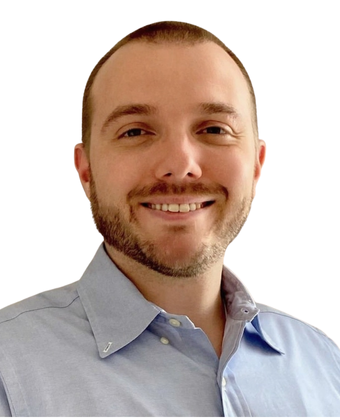Shallow NATM/SEM tunnels in residual porous clayey soils require careful control of deformation and ground response. The interplay between excavation sequence, support configuration, and soil–structure interaction becomes critical, especially in dense urban environments where settlement control is a key performance requirement.
In this session, we will review a real project from the São Paulo Metro in Brazil, highlighting how 3D FEM analysis was used to evaluate tunnel behavior, optimize construction staging, and adjust support systems to reduce settlement risks. The focus is on how analysis informs practical construction strategies and on-site decision-making.
✳️ Who Should Attend
-
Geotechnical and tunnel engineers working with NATM/SEM methods
-
Underground and metro design engineers dealing with shallow urban tunneling
-
Construction stage and field engineers responsible for settlement and deformation control
-
Numerical modeling specialists focusing on soil–structure interaction in soft or residual soils
✳️ Why Should Join
- Learn how shallow NATM/SEM tunnels behave in residual porous clayey soils
-
Understand how to use 3D FEM to predict settlement and evaluate support performance
-
See how design assumptions evolve throughout excavation and field monitoring
-
Gain insight into adjusting construction sequences to maintain stability and control deformations
✳️ What You'll Take Away
-
A practical workflow for 3D FEM analysis of NATM/SEM tunnels
-
Key considerations for soil–structure interaction in residual clayey soils
-
Methods for predicting and mitigating ground settlement during staged excavation
-
Strategies to refine support systems and excavation steps based on analysis and field feedback
✳️ Related MIDAS Software
🚩 Check the Q&A highlights below for the speaker’s answers from the live session.

Osvaldo P. M. VitaliAssistant Professor of Civil Engineering, The University of Hawaiʻi at Mānoa
Osvaldo P. M. Vitali, Ph.D., P.E., is an Assistant Professor of Civil Engineering at the University of Hawaiʻi at Mānoa, specializing in geotechnical and tunneling engineering. He earned his Ph.D. in Civil Engineering from Purdue University and is a licensed Professional Engineer in Hawaiʻi. Dr. Vitali has over 15 years of professional experience in the design and numerical modeling of tunnels, deep excavations, and underground structures in complex ground conditions. His research currently focuses primarily on tunnel–ground–structure interaction under complex loading and geotechnical conditions.
General Q1. Is this training program free of charge?
A. Yes! The Global Geotechnical Webinar Series 2025 is completely free of charge. Once registered, you’ll get access to all live and on-demand sessions, expert talks, hands-on tasks, and learning materials — at no cost.
General Q2. How do I get the training license?
A. Trial licenses for GTS NX is provided only to registered participants. You can find free trial information in the register confirmation email. If you can't find in your inbox, please contact us via the below link : 🔗 Click
General Q3. Where can I get the assignment files and how should I submit them?
A. You can download the assignment files from the button at the top of the page labeled [Assignment (Model & Tutorial)], and they will also be sent via email after the webinar ends. Once completed, please submit your assignments through the form link below.
General Q4. How can I ask a question to MIDAS experts?
A. Please submit your question using the form below. One of our technical experts/regional manager will get back to you shortly.🔗 Submit Your Inquiry(Assignment/Technical)🔗 Submit Your Inquiry (Product/Purchase)
General Q5. How can I receive the certificate of completion?
The requirements for earning the certificate are :
✅ Submit 1 assignment by Dec 5, 2025 (PDF Certificate of Completion)
✅ Submit 3 assignments in total by Dec 5, 2025 (LinkedIn Shareable Certificate with Credential ID)
🚩Certificates will be emailed to qualified participants on Dec 12, 2025.
☑️ What to do next From your session follow-up or session page: download model & tutorial → run → upload via the submission form